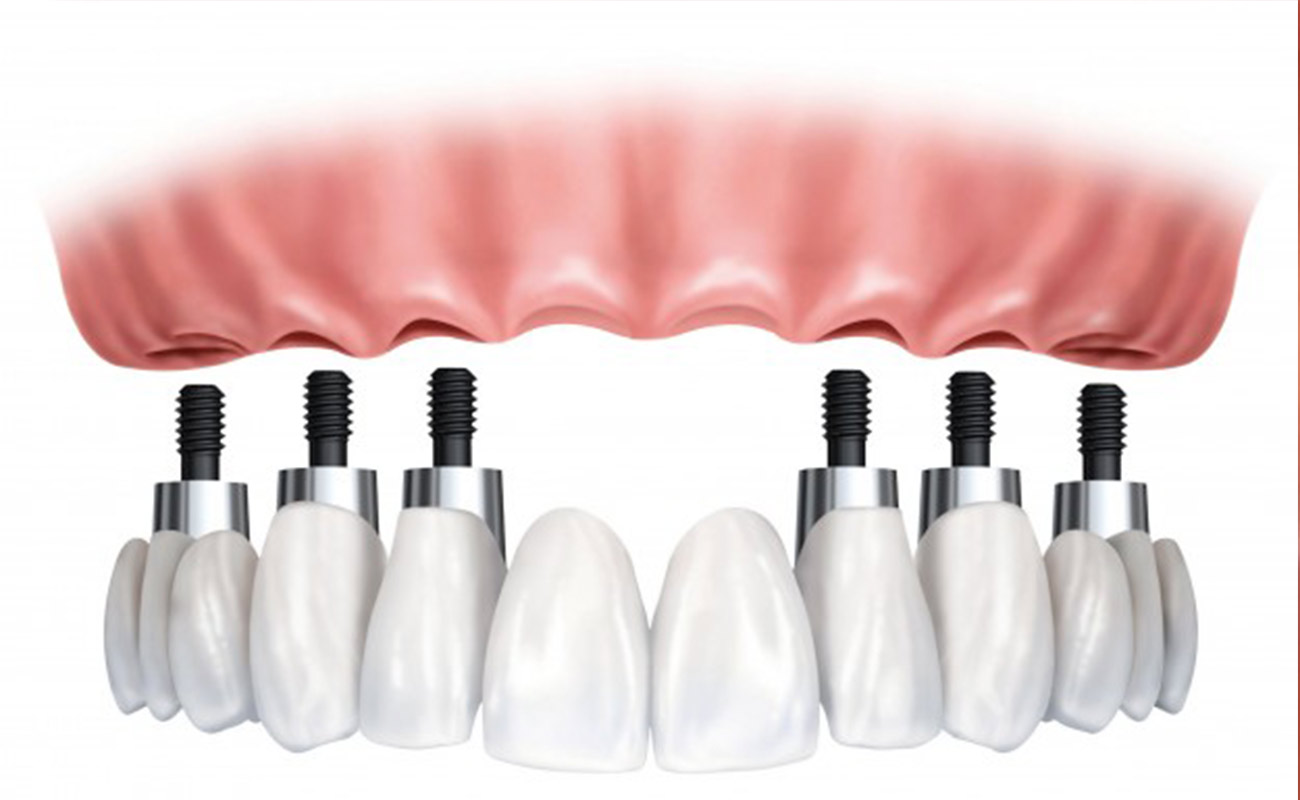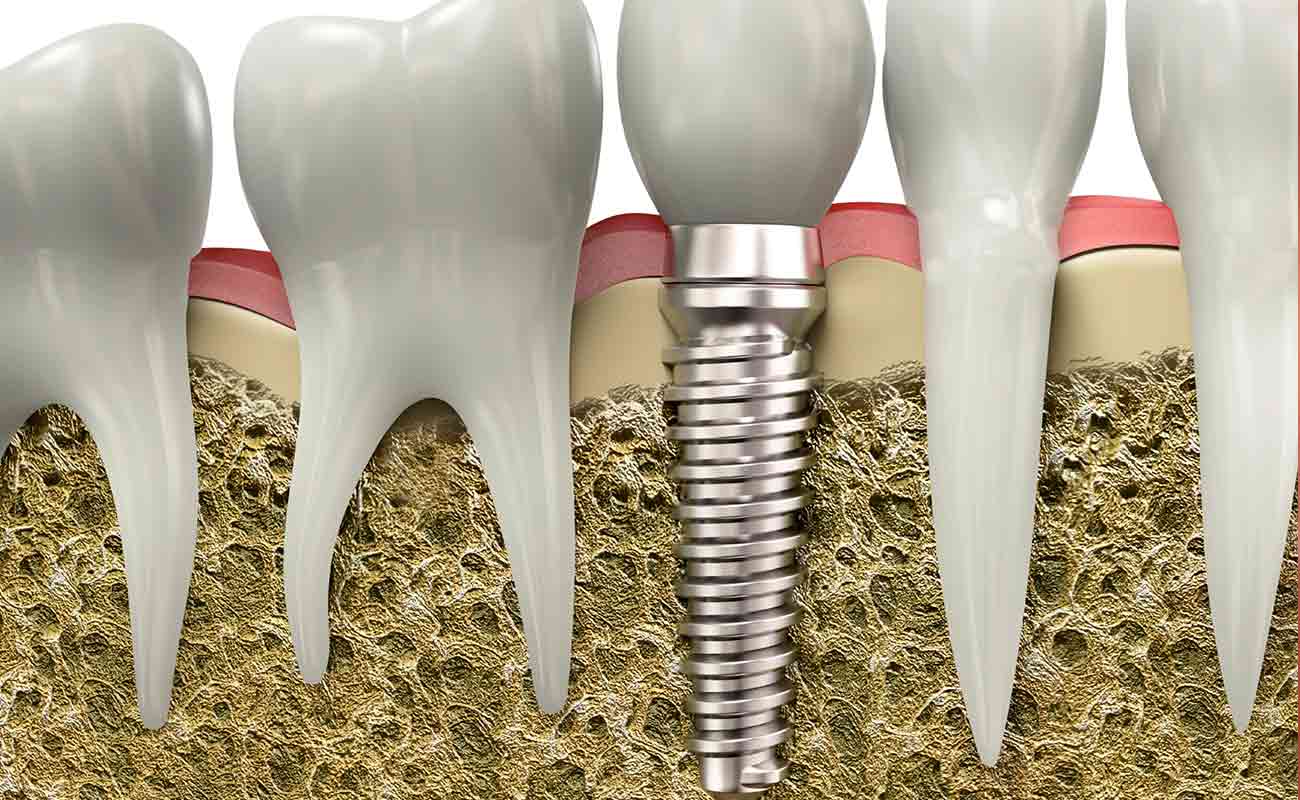One option is to get a dental implant. This is a procedure where an oral surgeon or periodontist surgically places an artificial tooth that’s surgically fused in the jawbone—a fantastic long-term option for tooth replacement. Decades ago, if you lost a tooth, your choices were a fixed bridge or removable dentures. Fixed bridges rely on neighboring healthy teeth as anchors, which can have a negative impact on them down the road. And, removable dentures can slip or make embarrassing clicking sounds when you speak.

A dental implant—made of titanium metal—fuses to the jawbone, serving as the root of the missing tooth. Unlike fixed bridges, which may need to be replaced two and three times during a lifetime, implants are durable and rarely, if ever, need to be replaced.
The ideal candidate for a dental implant is in good general and oral health. Adequate bone in your jaw is needed to support the implant, and the best candidates have healthy gum tissues that are free of periodontal disease.
Dental implants are intimately connected with the gum tissues and underlying bone in the mouth. Since periodontists are the dental experts who specialize in precisely these areas, they are ideal members of your dental implant team. Not only do periodontists have experience working with other dental professionals, they also have the special knowledge, training and facilities that you need to have teeth that look and feel just like your own. Your dentist and periodontist will work together to make your dreams come true.

Because dental implants are placed in the jawbone, artificial replacement teeth attached to implants look and act much like natural teeth. Like natural teeth, implants need to be kept clean using a toothbrush and floss. Your dentist will show you the proper cleaning procedure for implants. Regular dental checkups are important so your dentist can make sure that your bite is right and that your implants are not loose.

What else should I know?
The cost of a single dental implant can vary depending on the region and who is performing the procedure. A conservative cost estimate for a single dental implant is $3,000-$4,500. This cost includes the surgery for placement of an implant, all the components, and the implant crown. Also, since the cost of dental care in negligible comparing to other countries, this cost would be much lower if it were performed in Iran.

With any surgery, there are always some risks and potential complications to the patient or to the success of a dental implant. Careful planning is important to ensure that a patient is healthy enough to undergo oral surgery and heal properly. Just like any oral surgery procedure, bleeding disorders, infections, allergies, existing medical conditions, and medications need careful review prior to proceeding with treatment. Fortunately, the success rate is quite high and failures usually occur in the unlikely event of infection, fracture of the dental implant, overloading of the dental implant, damage to the surrounding area (nerves, blood vessels, teeth), poor positioning of the dental implant, or poor bone quantity or quality. Again, careful planning with a qualified surgeon can help avoid these problems. In many cases, another attempt can be made to replace a failed dental implant after the requisite time for healing has taken place.
solsticebenefits.com, cda-adc.ca, medicinenet.com, webmd.com, perio.org,
Submit Comment